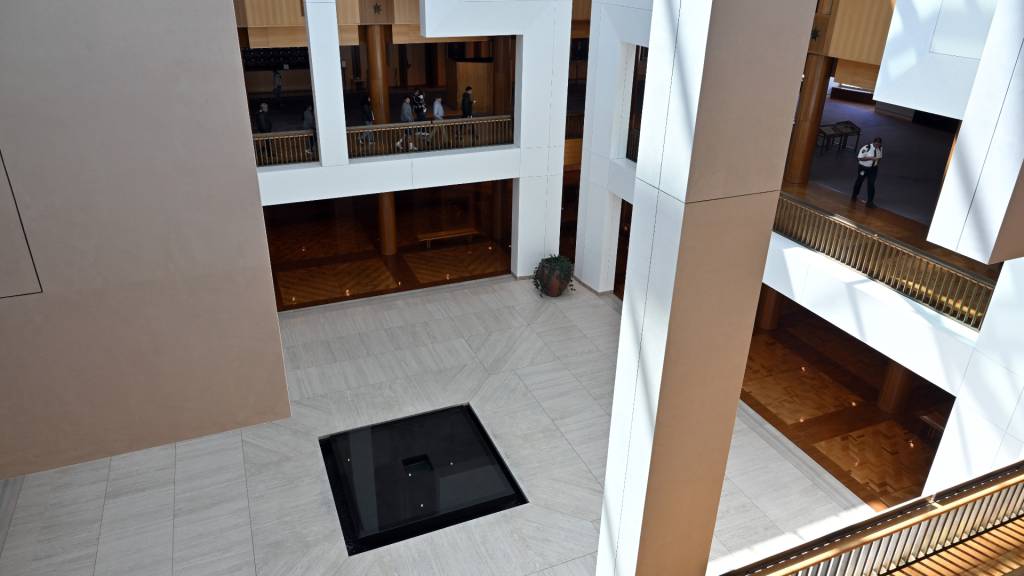It was welcome news last month that a 21-year-old — South Australian Charlotte Walker — was elected to the Senate seat. Bringing a true gen Z perspective into Australia’s federal parliament is rare and much needed, given that young Australians’ thoughts, needs, and lived experiences are too often overlooked by our lawmakers.
During the recent election campaign, as with most in the past, children’s voices were almost nowhere to be heard. This must change. After all, it is our kids who will be most impacted — either positively or negatively — by the decisions we make now. Our policy choices today will define the world they inherit from us, so they deserve a seat at the table.
As one young advisor to Save the Children says, “If the government works without the help of anyone else, important ideas and information may be left out.”
Kids consistently tell us they want:
More funding for mental health programs and youth services
Affordable housing and stronger rental protections
A fairer, well-resourced education system
Some aspects of the Albanese government’s agenda, if executed well, clearly have the potential to improve the lives of children here in Australia. These include commitments to boost education funding, provide more accessible and affordable healthcare, and a continued focus on renewables to power our future.
But at the same time, too many of our kids are paying the price of broken youth-justice and family-violence systems. A staggering 40% or more of Australian kids are exposed to domestic abuse. Think about that next time you watch a group of kids in the schoolyard. Four in ten. These young people are not just bystanders — they are survivors — and we must recognise them as such by funding early-intervention, trauma-informed support tailored to their needs.
Meanwhile, too many jurisdictions are backsliding on youth justice, prompting UN experts to find that some laws and practices violate children’s rights and are causing them harm. As Australia approaches scrutiny by UN experts through its upcoming periodic review, the federal government has a real opportunity to lead. It should legislate commitments under the UN Convention on the Rights of the Child into domestic law, set enforceable national standards, and adopt a ten-year strategy focused on rehabilitation over imprisonment.
Children and young people in Australia, the Pacific, and all around the world are also demanding action on the climate crisis. For them, it isn’t a future risk—it’s a present catastrophe. Haruka, a 16-year-old Save the Children youth adviser, has told us: “The climate crisis isn’t looming — it’s here, breathing down our necks, churning oceans, tearing lives apart. In Vanuatu, children bear its weight — homes washed away, schools in rubble, futures traded for footprints they didn’t leave.”
Australia’s pledge to reduce emissions by 43% by 2030 and reach net zero by 2050 is welcome, but it isn’t enough. We need bolder action, including a clear timeline to phase out fossil fuels, and better climate finance contributions to mechanisms like the international Loss and Damage Fund. These funds help vulnerable nations — like our Pacific neighbours — to get the financial help they need to recover from climate disasters they had no part in causing.
The government’s intention to host COP31 in 2026 alongside our Pacific Island neighbours presents a real opportunity to elevate the experiences of Pacific and Australian children living through the impacts of climate change on the global stage. But for this to have a lasting, meaningful impact, there must be a strong focus on child rights and real, inclusive child participation.
Of course, climate change is not the only threat to children today. Across so many countries — including Ukraine, Sudan, Myanmar, Yemen, the Congo and Syria — children are the innocent victims of conflict.
The man-made hell in Gaza is one of the most acute child protection emergencies in the world right now. What will it take for Australia to do more to pressure the Government of Israel to stop the continued bombing, displacement and starvation of Gaza’s children? Australia must make clear that grave violations of children are unacceptable and will incur consequences.
Humanitarian needs around the world are soaring, with one 1 in every 11 children now reliant on humanitarian aid to survive, as a result of armed conflict, food insecurity, poverty and disease outbreaks. Yet as needs rise, funding is falling. Major donor nations, including the US, UK, Germany, and the Netherlands, are cutting aid. This is short-sighted and dangerous.
Australia can, and must, do more. We’re calling on the government to lift our aid budget to 1% of the Federal Budget, leaving 99% of the country’s money for spending at home. Currently, we spend less than 0.7 per cent. We also want the Humanitarian Emergency Fund to be doubled to $300 million annually, so Australia can respond quickly and effectively to new and protracted crises.
Now is the time for decisive leadership. Whether it’s Australian kids at home, Pacific kids on the climate frontline, or kids further abroad bearing the brunt of war in Gaza, Sudan or the Ukraine — it is always our children who pay the price of inaction. Let’s hope that Walker and the young people in all the parliamentarians’ lives can help shape a 48th parliament that truly puts children first.
READ MORE:
Foreign aid isn’t charity, it’s how we become safe and prosperous
